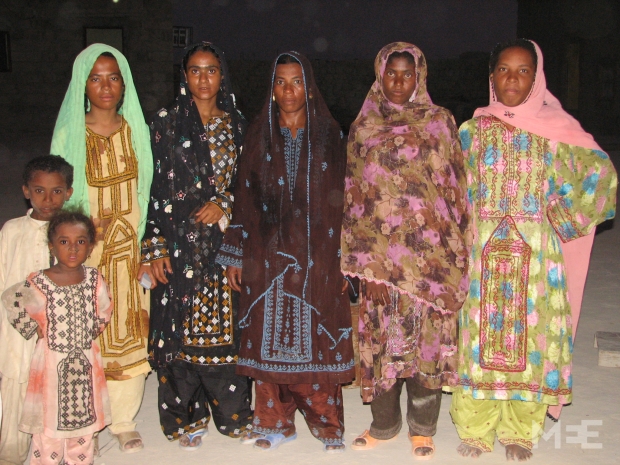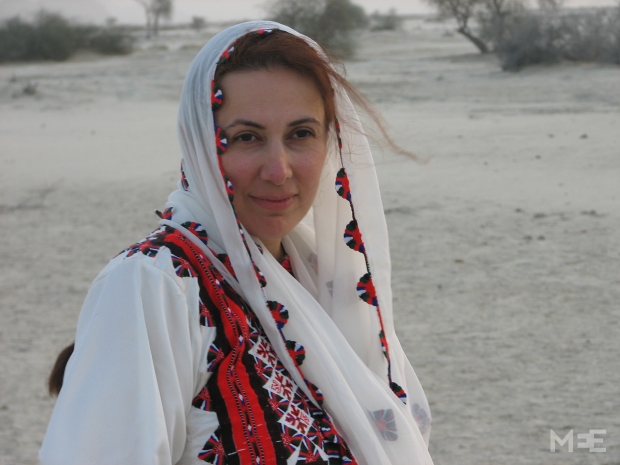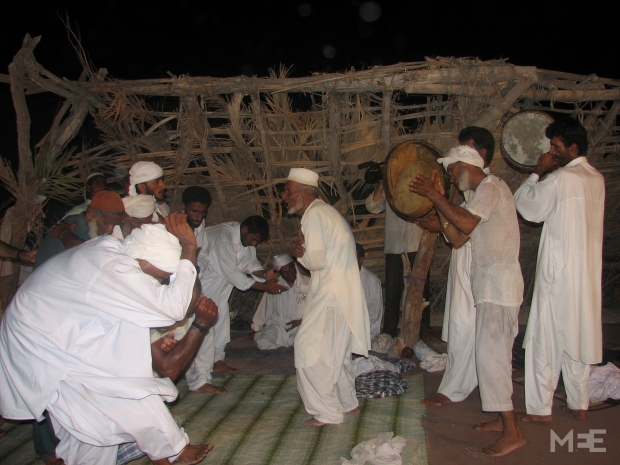“Slavery wasn’t integrated into the history of Iran… In terms of the knowledge of people, common people or even academics, [it] was very, very limited or at that time, [it] was zero.” Behnaz Mirzai, Iranian-Canadian scholar.
The subject of slavery in Africa has often taken its major roots from the Transatlantic Slave Trade that mostly moved slaves from West Africa to other parts of the world.
There is also the popular East-African Slave Trade and then the little-known ones from other parts of the continent, or the region. South Africa is famous for its cruel apartheid but should it be a wonder that there was also a substantial amount of slavery that existed in the Arab regions?
Trade between modern-day Iran and African countries goes back several hundred years but slavery in Iran spanned two major periods: the Qajar dynasty (1795-1925) and the early years of the Pahlavi dynasty (1925-1979).
Behnaz Mirzai, an Iranian-Canadian scholar who is currently a professor at the York University, has spent over two decades studying the origins of the African diaspora in Iran, including the history and eventual abolition of slavery in her native country. She shares the interesting accounts she discovered from her research in this article.
With the subject of slavery almost never mentioned to her before when she discovered the rich history of slavery in her country, she writes: “Living in Iran for all my life, we had never heard about slavery in Iran.”
It was a topic that few knew about in the late 1990s when she began her research and one that remains unfamiliar to many today.
“Slavery wasn’t integrated into the history of Iran… In terms of the knowledge of people, common people or even academics, [it] was very, very limited or at that time, [it] was zero,” she said. “There were no written articles or books; it was so new.”
But Mirzai would discover later that Iran did indeed have a history of African slavery – and Iranian archives had the documents to prove it.
She found out that the Gulf-Arab traders – dominated by the Sultanate of Oman, which controlled vast regions bordering the Indian Ocean – brought slaves to Iran from northern and northeastern parts of the African continent, including Tanzania (Zanzibar), Kenya, Ethiopia and Somalia.
In ancient Islamic literature, Ethiopians were referred to as al-Habasha. As a result, many slaves took the last name “Habashi” when they came to Iran, to indicate their Ethiopian origins. Slaves from Zanzibar, meanwhile, might take the last name Zanzibari, Mirzai explained.
Largely concentrated on the southern coast of Iran, slaves worked predominantly in fishing and agriculture, or as domestic servants, wet nurses, or even soldiers in the military.

Africans were also not the only ones to be enslaved in Iran. “In Iran, slavery was not based on race and didn’t focus only on Africans; Circassians and Georgians were also enslaved, and many Iranians were enslaved.”
Some slaves also worked alongside Iranian peasants, who were living in a state of extreme poverty, she added.
In 1828, with the end of trading Circassians and Georgians, slavery was abolished, culminated by the outlawing of the practice altogether, exactly a century later, Mirzai found.
“There are many people who either don’t even know there was slavery in the Muslim world, or they think it was so different from the Americas that it doesn’t qualify. Or, more [commonly], it’s a subject with so much taboo associated with it that no one wants to talk about it,” Paul Lovejoy, who supervised Mirzai’s PhD thesis and was the Canada Research Chair in African Diaspora History in 2016, explained of Mirzai’s work.
Today, about 10 to 15 percent of the population in southern Iran can be described as being the descendants of Africans, Mirzai estimated, and that percentage decreases the further north one goes.
Many members of the Afro-Iranian community, a term Mirzai coined in her research, do not even know their own history or family’s origins. “They have no knowledge of their past. The history is lost,” Mirzai found out.
Mirzai said Afro-Iranians are often referred to as the “blacks of the South” and many Iranians still believe that their dark skin is the result of the oppressive heat on the southern coast.

The Afro-Iranians view themselves as Iranians and are sometimes upset by questions about their African origins.
In a film Mirzai produced, Afro-Iranian Lives, an Afro-Iranian man named Mohamad Durzadeh said his family had been living on the land since the time of his grandfather. “They were here,” he said, when asked where his ancestors originally came from, reflecting a lack of knowledge of his origins.
Meanwhile, Mirzai said Afro-Iranians are largely integrated into the local areas in which they live. For instance, communities in Sistan and Baluchistan province speak the local language, Baluchi, while Afro-Iranians in Hormozgan province speak Bandari.
The Afro-Iranian community today blends African traditions with Iranian culture, including partaking in an exorcism ritual known as Zar, which is believed to cleanse the body of evil spirits. It is still practised today in Tanzania and Ethiopia.

This article was sourced mainly from Mirzai’s accounts as published on Middle East Eye.










